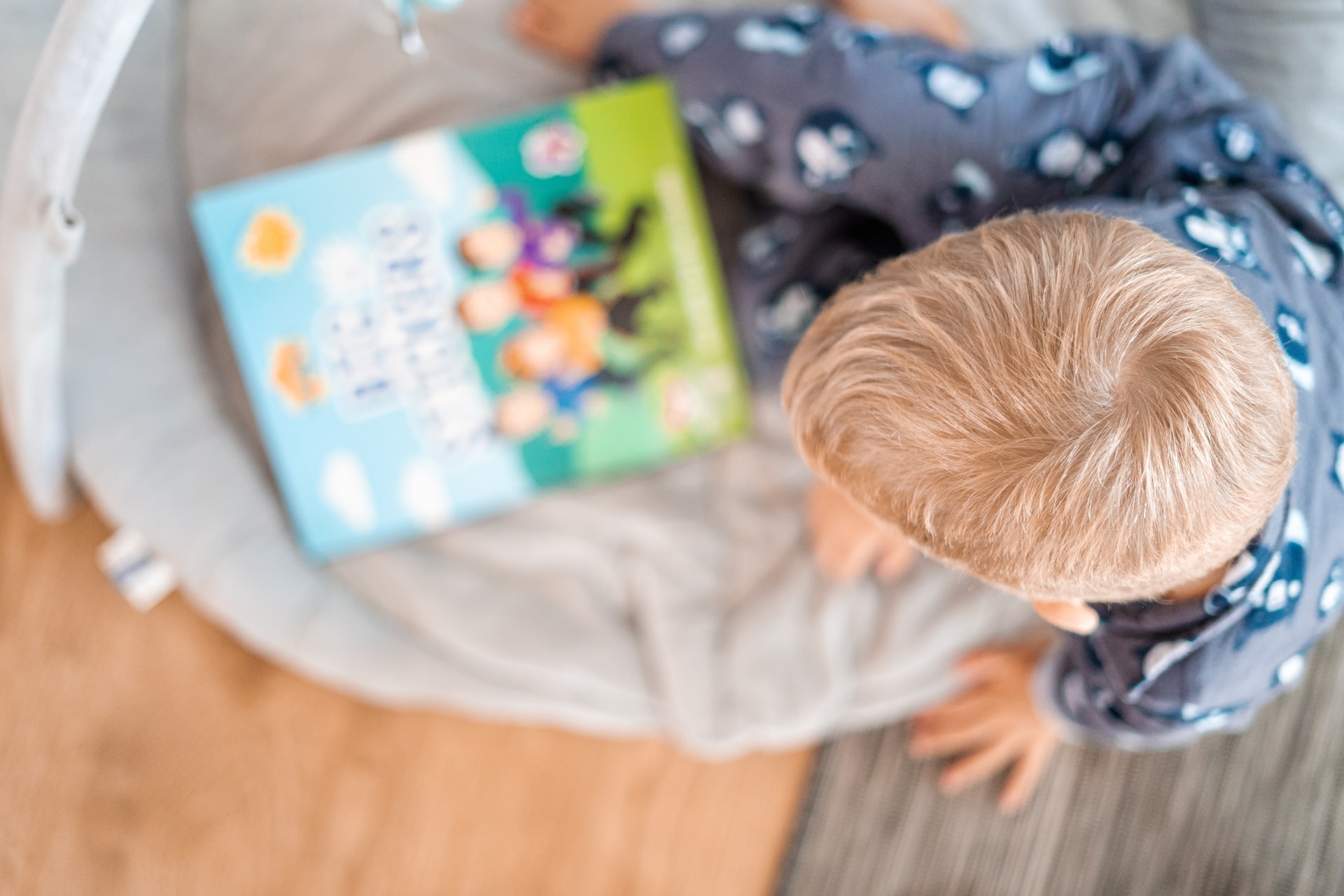Top Tips To Teach Your Child To Read At Home
Most people don’t think much about how the process of learning to read works until they have to start teaching their own children to read at home. Unlike what some people think, learning to read is not a natural process and won’t happen by itself. It is a more complex process that needs proper teaching of skills like phonics and phonemic awareness. The good news is that although reading itself is complex, the steps you should take to build these skills are quite simple. Make it a positive and rewarding experience with these simple strategies.
Use Songs And Nursery Rhymes To Build Phonemic Awareness
Children’s songs and nursery rhymes aren’t just a lot of fun to sing together. The rhyme and rhythm is also a great way to help children to hear the sounds and syllables in words, which will help them to learn to read.
A great way to build up phonemic awareness, which is one of the most important skills in learning to read, is to clap rhythmically together as you sing and to recite songs in unison. Doing this is fun, and a great bonding activity, while also being a great way for children to start developing their literacy skills to set them up for confident reading success. If you’re looking for fun reading strategies for kids, this is a good place to start.
Make Simple Words Cards
Cut out some simple cards and write a word containing three sounds on each one. For example, write ram, sat, pig, top, sun, pot, or fin. Invite your child to select a card, then read the word together and hold up three fingers. Ask them to say the first sound that they hear in the word, then the second, and then the third. This easy activity doesn’t need very much prep‑time at all but starts to build those essential phonics and decoding skills, which will help them learn how to sound out words. If your child is just beginning to learn the letters of the alphabet, focus on the sound that each letter makes, more so than the names of the letters.
Offer A Print-Rich Environment
Create opportunities every day for your child to work on building their reading skills by creating a print‑rich environment at home. Seeing printed words around the house, such as on posters, charts, books, labels and other items will enable your children to see words and make connections between the different sounds and letter symbols. When you’re out and about together, draw their attention to words by pointing out letters on posters, billboards and signs. As you do this, you can start to model sounding out the different letters to make words. Focus on the first letter in words. Ask your child questions like “What sound is that letter?” “What other word starts with that sound?” and “What word rhymes with that word?” to get them to start thinking more about words and the sounds they make.
Play Word Games
Building on the step before, start to introduce some simple but fun word games on a regular basis. Concentrate on playing games that will encourage your child to listen, identify and manipulate the different sounds in words. For example, you can start by asking questions like “What sound does the word cat start with?” “What sound does the word dog end with?” “What words start with this sound ?” and “What word rhymes with car?”.
Understand The Core Skills Involved
It’s important to remember that learning to read involves a few different skills. There are five essential parts of reading your child will need to grasp if they are going to be confident readers. These are the skills all children need in order to successfully learn how to read. These skills that you should try to teach are:
- Phonemic awareness – this is the ability to hear and manipulate the different sounds in words
- Phonics – this is recognising the connection between different letters and the sounds that they make
- Vocabulary –this is understanding the meaning of different words, their definitions, and their context
- Reading comprehension – this is understand the meaning of the text, both in storybooks and information books
- Fluency – this is the ability to read aloud with understanding, speed and accuracy
Use Letter Magnets
Middle vowel sounds can be hard work for some children, which is why this activity can be so helpful. Put letter magnets on the fridge and move the vowels to one side. Say a word that is spelt consonant-vowel-consonant, for example, ‘dog’, and ask your child to spell it with the magnets. To help them, say each vowel sound aloud while pointing at the letter, and ask your child which one makes the right sound for the middle sound.


